Do you know how to make green tea the “right way''? Making tea may seem straightforward on the surface — perhaps you just boil some water, pour it into a mug, and put your tea bag in. While some styles of tea can thrive that way, you’ll lose the vast majority of nuance, character, and flavor tea can offer without paying attention to the critical variables of brewing tea.
When it comes to Japanese green tea specifically, the fundamentals of brewing make the difference between a bitter, unpleasant brew and an exquisite experience that gives you a dynamic cup filled with complexity and delicious flavor.
Many factors, like time, the temperature of the water, how long to steep green tea, and even water quality, affect the essence and taste of a cup of tea. Taking these features into account will exponentially change the way you enjoy tea.
In this post, we’ll share the 7 common mistakes you might be making when brewing green tea and the best tips and tricks to ensure your next brew is unforgettable.
7 Mistakes That Can Ruin Your Tea
1. Your water is too hot or cold.
Knowing what water temperature range to use is essential to brewing a delicious cup of tea. High-quality tea produces distinctive notes and flavors when brewed at the appropriate temperature for the specific style of tea.
Generally speaking, hotter water can draw out more savory notes in Japanese tea, while cooler water can bring out sweeter flavors thanks to the tea's theanine content. But know the guidelines of water temperature to ensure you’re not over or under-extracting flavors.
Let’s take sencha, for example. At Mizuba, we generally recommend using water between 160-175ºF. Depending on our mood, we can manipulate the temperature, sometimes even by a single degree, to call out different flavors in the tea. We might brew it at 163ºF one day, then 170ºF the next, for more umami and savory notes.
Pouring extremely hot water directly on tea can alter the flavor of your brew by over-extracting the tannins, the chemical compounds that give Japanese green tea the astringency we all love. If your water is too hot, you’ll be left with an acrid, bitter-tasting cup of tea. Using water that is too cold will under-extract tannins, leaving you with underwhelming tea that lacks potent aromas and nuances.
*Know the rules to break them – when you factor in the variable of time, you can play with the further reaches of temperatures! On your second steep of sencha, try using boiling water – and not steeping the tea at all. Immediately strain your tea after you add the boiling water and see how it brews! Usually, temperature and time will vary with subsequent steeps, incrementally making each steep a hotter temperature and shorter brew time. Conversely, using cold water and steeping for hours or overnight will result in delicious mizudashi (coldbrew). The key is to experiment!
Paying attention to detail in brewing takes time and experimentation to get to know the tea and what you like about it — but the effort is well worth it to find out how to make the tea sing for you! Remember, the best water temperature will vary based on the style and quality of the tea you choose.
Some general ranges of Japanese green teas:
- Sencha: 160-175ºF
- Matcha: Cold water up to 175ºF (but, we did have one producer show us matcha made with a cultivar that brewed deliciously at 212ºF!)
- Gyokuro: 104-160ºF
- Genmaicha: 175-185ºF
- Hojicha: 190ºF-200ºF, although using boiling water isn’t uncommon.
2. Your tea-to-water ratio is off.
Accurate measurement is a crucial element in how to brew green tea well. If your ratios are off, your tea will either be extremely weak or way too strong. Avoid this by using a gram scale or measuring spoon to precisely weigh out your tea.
Again, serving sizes will vary based on your taste preference and the style of tea. A typical serving of Japanese loose-leaf teas like sencha and hojicha is about 6 ounces of water and 5-7 grams of tea. For matcha, 3.5 ounces of water and about a half-to-full teaspoon (anywhere from 1-3 grams) of powder are recommended.
Pouring a cup of Japanese oolong tea
3. You're steeping your tea too long (or not long enough).
So, how long does it take to steep tea?
Have you ever made a cup of green tea and forgot to remove the teabag or leaves? You were likely left with an extremely bitter brew. Understanding how long to steep green tea is an essential factor in how to brew green tea correctly. Similar to water temperature, steeping green tea for too long over-extracts tannins, altering the taste.
The tea brand you use should provide recommendations on how to best steep a particular tea. General recommended steeping times for common Japanese green teas are below, but remember – each specific tea is different, and you should spend time getting to know how you best enjoy the brew. Find all Mizuba’s brew guides on the product pages of our teas!
General guidelines:
- Tencha: 2 minutes
- Sencha: 30 seconds to 1 minute, up to 2 minutes, depending on your preference
- Gyokuro: 1 to 2 minutes
- Hojicha: 2 to 5 minutes
4. You’re squeezing your teabag (if you’re using one).
Another culprit for bitter tea is squeezing your teabag. It’s hard to fight the urge to press the remaining water from your teabag once the steeping time is up, but you're actually ruining your brew.
Squeezing your teabag not only runs the risk of breaking the bag but crushes the leaves inside, releasing more tannins and bitterness. Some producers also recommend not agitating loose-leaf tea when brewing in a kyusu, to avoid extracting too many tannins.
 Admiring Genmaicha
Admiring Genmaicha
5. You’re using poor-quality water.
When you think about how to brew green tea, the quality of water you use might not be the first thing that comes to mind. Using tap water to make tea is very common, with many never considering how it affects the brew's flavor. There's nothing wrong with using tap water to make tea. The problem is — most tap water in the US is hard water.
Hard water won't kill you, but it isn't the best to drink. It contains high levels of minerals like calcium and magnesium, leaving a buildup of scale in your kettle and a nasty taste in your brew. Opt for filtered or soft water with fewer minerals for the best tasting tea.
6. You’re using the wrong teaware.
Did you know different materials and shapes of teaware can affect the outcome of your tea? Brewing in glass versus ceramic actually has quite an effect on how the tea can taste, and the shape of your teacup or mug can enhance how you experience the tea.
Using the correct teaware to drink and prepare Japanese green tea not only enhances your tea experience but ensures the complex flavors and aromas of your tea are detectable with every cup. Having a dedicated yunomi (Japanese teacup) specifically for green tea or a chawan for matcha also adds to the aesthetic of your tea experience.
The same goes for your teapot and serving tools. Traditional Japanese teapots specialized for brewing specific styles of tea ensure that your brew exudes the highest quality flavor profiles.
7. You’re not storing your tea properly.
Tea storage is a crucial factor in maintaining flavor and affects the quality of your brew. Although tea is essentially dried-up leaves, it still ages and can go stale. As most green teas age, they lose freshness, taste, and aroma. Improper tea storage can speed up this process and leave you with stale tea leaves that lack potency and flavor.
Make sure to choose the right vessel for your tea and protect it from conditions that alter the taste, like air, moisture, and heat. For an in-depth guide to how to store matcha and loose-leaf Japanese tea, read our article here.
 Storing gyokuro in a cherrywood tea canister
Storing gyokuro in a cherrywood tea canister
Master How to Brew Green Tea
Now that you understand potential mistakes that could prevent you from enjoying your tea to the fullest extent, you can perfect how to brew every green tea you purchase. Remember to pay close attention to the temperature of your water and how long to steep green tea to avoid a bitter brew. Make sure you’re using an appropriate amount of tea leaves and opt for filtered water whenever possible. Lastly, proper teaware is both functional and enhances your tea drinking experience!
The art of brewing Japanese green tea is intricate and intentional. Using the best methods and tools sets you up for an exquisite tea experience. If you need any guidance on teas from mizubatea.com, we’re happy to help! We love answering tea questions and can always help find you the best teaware to make each tea time special. Chat with us on our website or email us at support@mizubatea.com. Cheers!


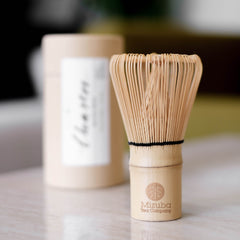
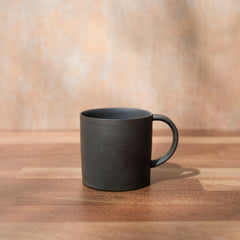
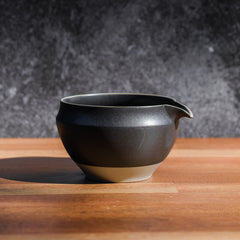
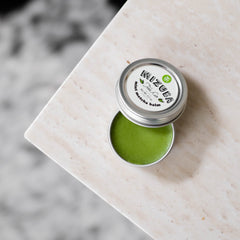
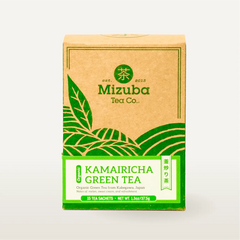
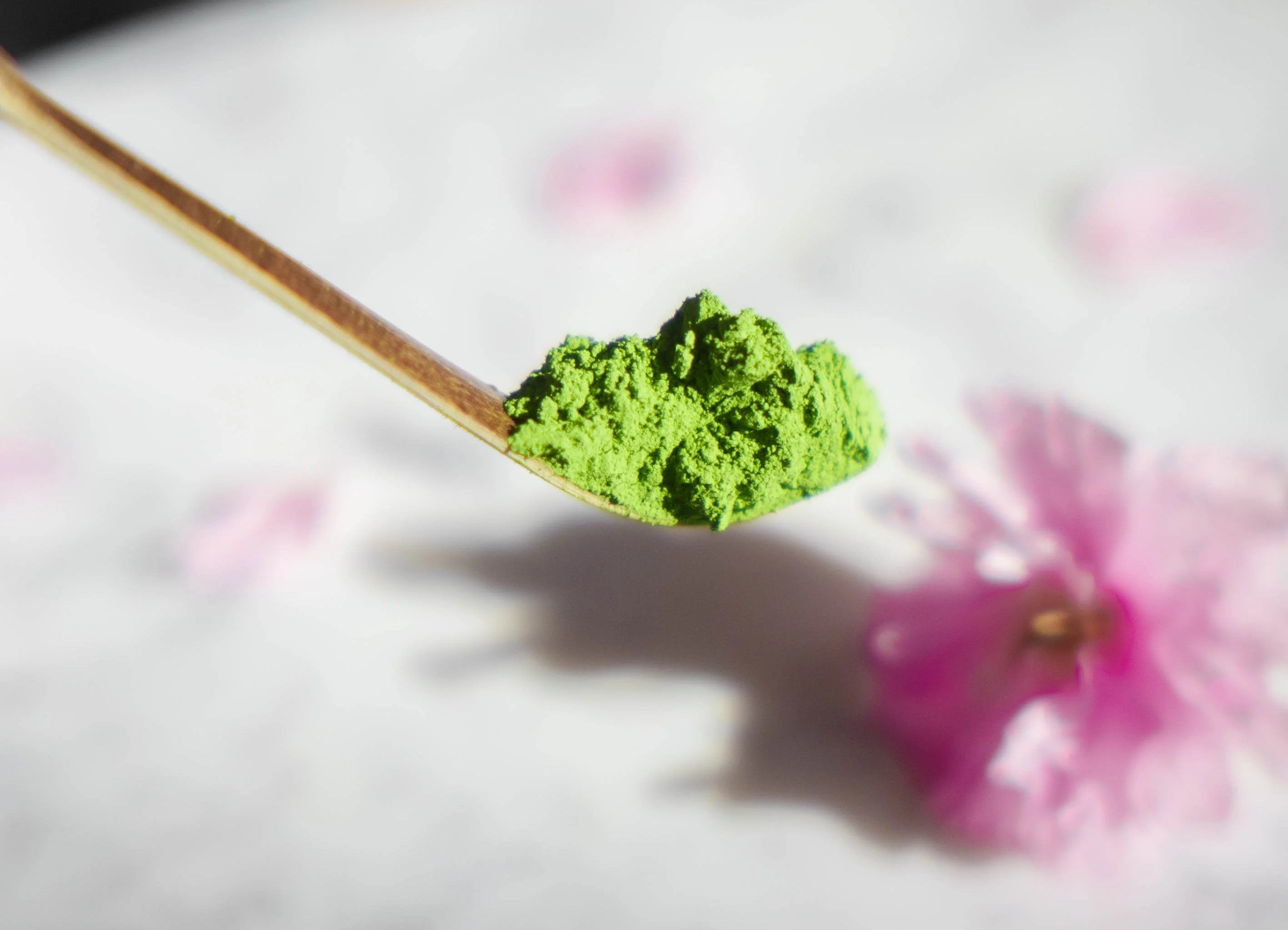


 Glass of iced Japanese sencha
Glass of iced Japanese sencha
1 comment
Ensuring a delightful cup of green tea involves attention to details like water quality, teaware, and proper storage. Opting for filtered or soft water minimizes mineral interference, choosing the right teaware enhances the tea experience, and proper storage preserves freshness, preventing the tea from going stale.
Leave a comment